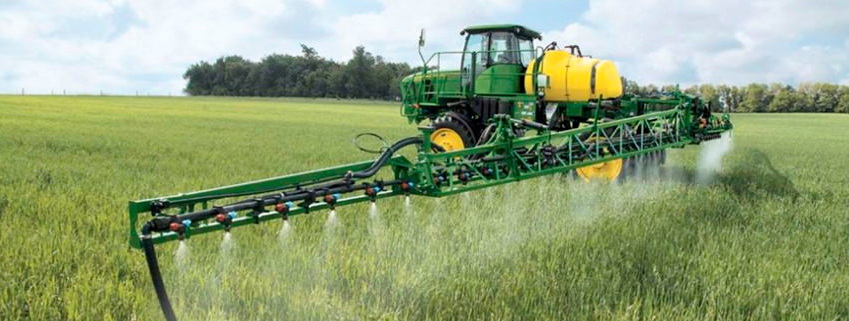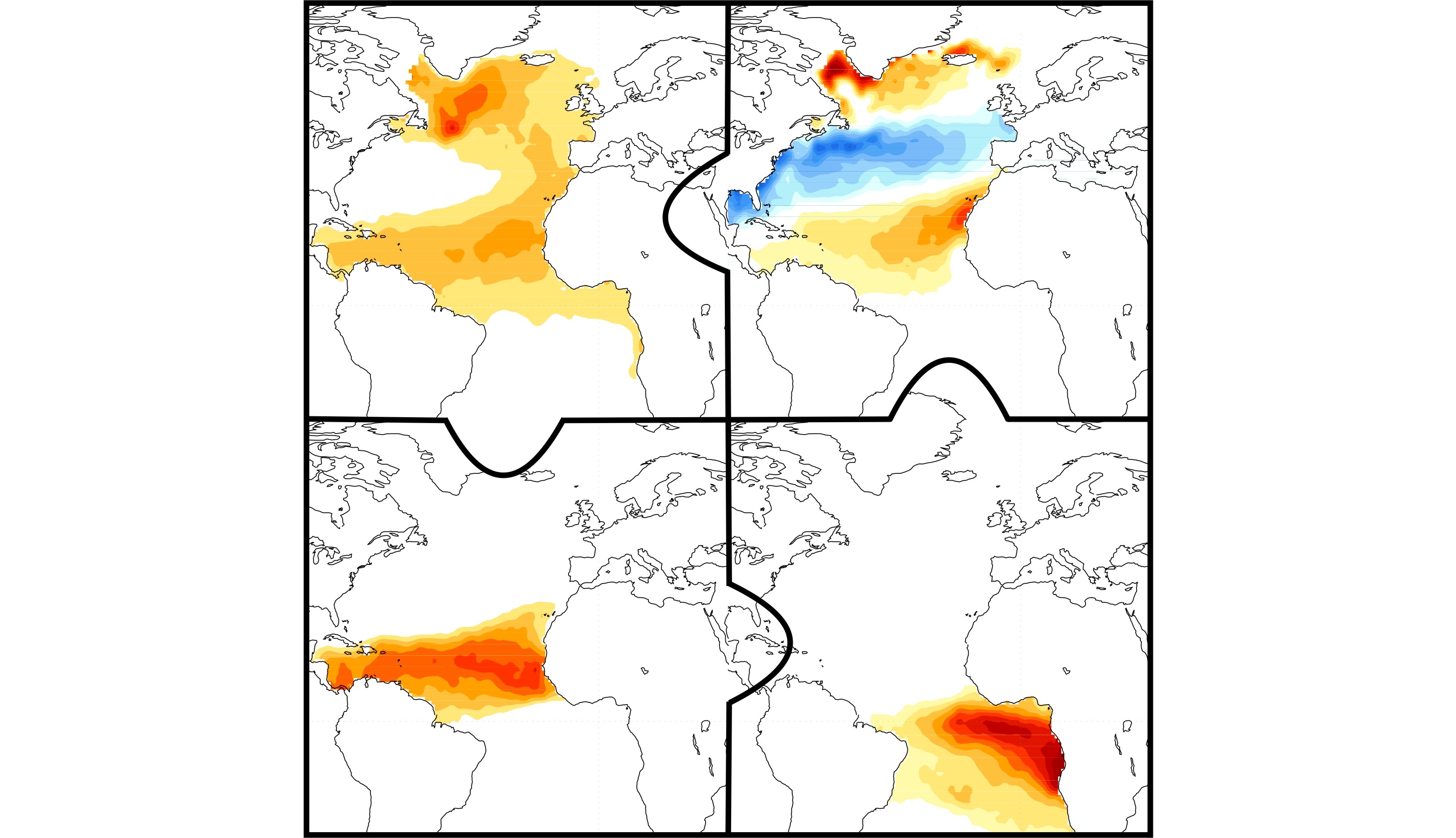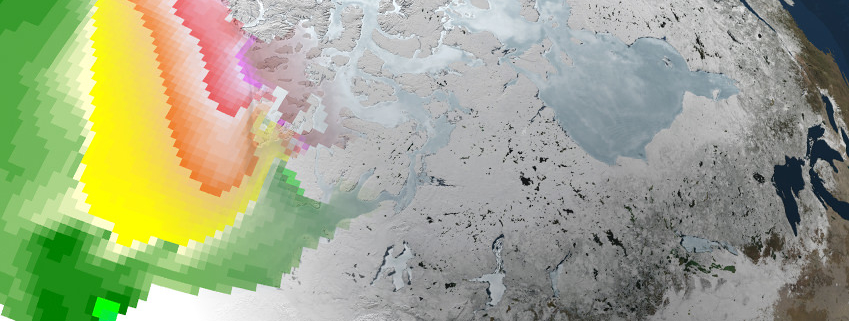Climate Prediction
-

Agriculture and water management services
Farming is highly dependent on weather. Temperature and precipitation are key factors for agriculture, influencing crop growth and water availability. Water management is closely-related to agriculture as water demand depends on its availability and actions directed to water management.
-

Atlantic Variability and Predictability
Changes in Atlantic sea surface temperature have the potential to influence coastal and inland climate variability (e.g. hurricanes, heat waves) and to impact society-relevant activities over the ocean (e.g. fishery). Efforts at BSC-ES deal with better understanding its predictability sources and impacts.
-

Bias development mechanisms
Certain limitations, such as imperfect parameterizations and inaccurate initial conditions, introduce biases in the climate models, i.e. cause them to have differences with the observations. By trying to understand the model biases, we are able to contribute to the continuous progress of the climate models.
-

Climate Model Initialization and Data Assimilation
At sub-seasonal to interannual time scales, climate predictability is thought to arise significantly from the knowledge of initial conditions. Initializing climate models with observationally-based estimates is a very challenging task scientifically, but also technically.
-

Forecast quality assessment of seasonal-to-decadal predictions
A posteriori verification of how skillful was a climate prediction or a set of predictions – here we focus on monthly to decadal timescales - is essential to estimate the quality of climate forecast system and its potential usefulness in the future.
-

Insurance Services
We work with (re)insurance companies to understand their requirements in terms of climate data, aiming to deliver better-tailored information to support decision-making. We also conduct market analyses to understand additional information needs and the economic potential of such information for that sector.
-

Land-atmosphere coupling and predictability
Studying the land surface environment is of uttermost importance as it is the environment we live in. Fortunately, the land-atmosphere interactions provide predictability at seasonal to decadal timescales, thanks to the memory of hydrological reservoirs (soil moisture, snow, glacier ice).
-

Ocean Biogeochemistry and Climate Feedbacks
The Ocean is a key player in the climate system, buffering changes in the atmopheric composition. Changes in the ocean carbon cycle affect the marine ecosystem producing feedbacks on climate. Our research line focuses on ocean biogeochemical processes and the effects on the climate system of their alteration.
-

Ocean forecasting
The World Oceans cover more than 70% of the Earths surface and are estimated to contain 1.3 trillion of cubic km of sea water. With their immense capacity to store and transport heat, but also maintain a complex biogeochemical cycle, the Oceans constitute a vital component in the Earth System.
-

Sea Ice Variability, Prediction and Impacts
Arctic sea ice has been declining at dramatic rates while Antarctic sea ice has slightly expanded over the past decades. BSC-ES scientists attempt to reconcile these contrasting trends with state-of-the art climate models and advanced statistical techniques.
-

Seasonal prediction and attribution of extreme events
Extreme climate events cause high losses and casualties worldwide every year. At BSC scientist investigate whether past extreme events could have been foreseen using seasonal predictions and whether they are attributable to natural climate phenomena or human induced climate change.
-

Tropical Cyclones
Tropical cyclone activity can vary significantly from one year to the next, and even from one decade to the next. Scientists from the BSC work to understand this variability and to develop forecasting tools to predict the level of cyclone activity over a period of one to five years.
-

Troposphere-stratosphere coupling
The stratosphere is the atmospheric layer located above the troposphere, with the latter being directly in contact with the Earth surface. Our team investigates the atmospheric variability and predictability related to the interactions between these two layers.
-

Wind energy services
Wind energy is one of the fastest growing and most volatile forms of electric power generation. Improved forecasting beyond the first two weeks of renewable power generation can improve the strategic and operational management of renewable power during the pre- and post-construction phases.
